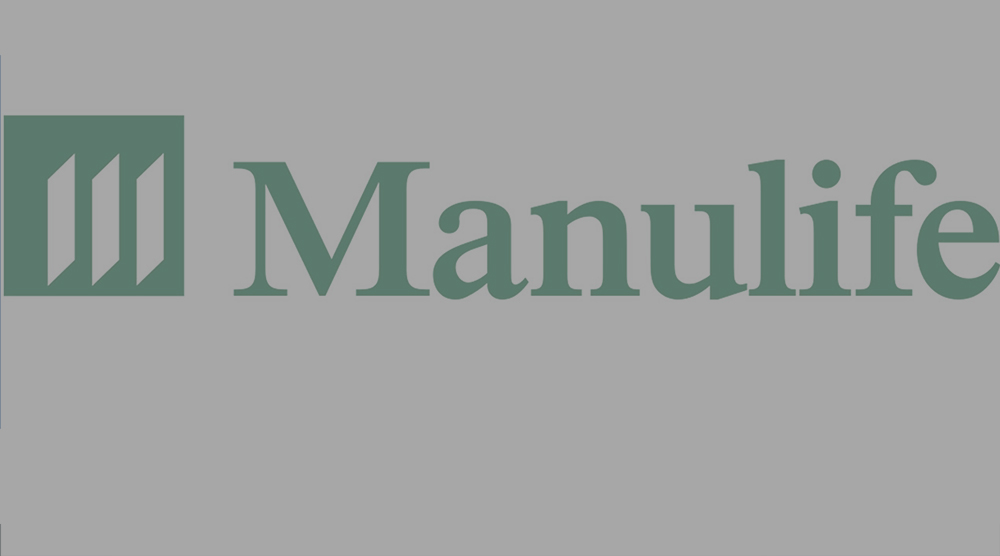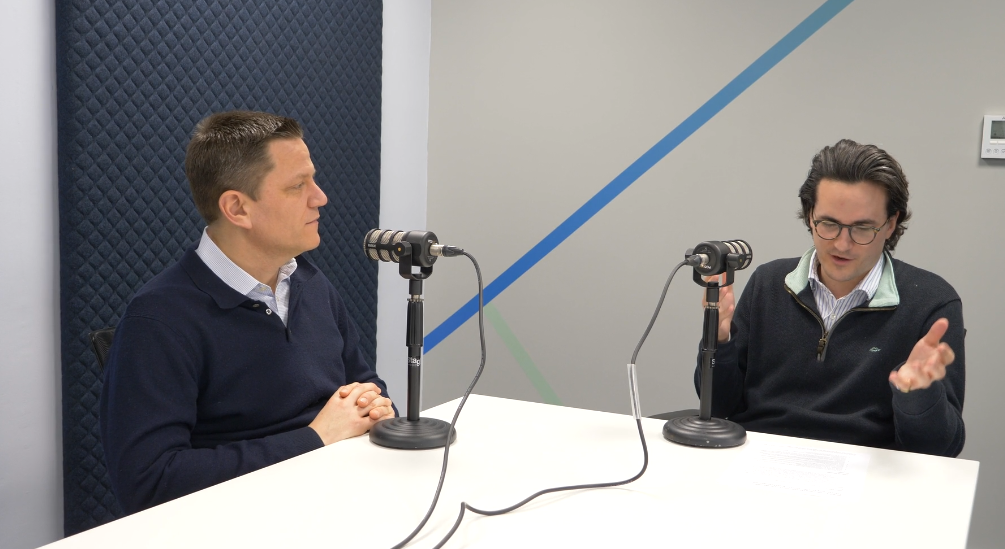The Client
Canadian-headquartered Manulife has operated in Hong Kong for more than 115 years and is now one of the largest financial services organizations in Hong Kong. The company takes care of the financial and protection needs of more than 1.8 million customers in Hong Kong and Macau.
Manulife provides a wide range of individual insurance, investment-linked insurance, group life and health insurance, provident funds, mutual funds, wealth management products and financial planning services. Manulife looks to continually introduce financial solutions that cater to current and future customer needs, and to help customers build their wealth, plan for retirement, and enjoy an ultimate peace-of-mind and quality life.
The Challenge
Manulife is gradually phasing out placing trade orders with fax and looking to reconcile trade confirmations automatically.
Calastone’s Solutions
Since March 2013, Calastone provided us with an online portal allowing us to transact orders electronically with fund houses that have enabled Calastone network. This network provides comprehensive trade data and fund price information, which in turn helps to streamline our reporting and documentation process.
The Outcome
Calastone’s electronic fund messaging network allowed us to significantly reduce the number of hours spent by our staff on administrative effort related to manual order processing. Automation helped us become more efficient and improved our overall risk management.
The Future
Industry-wide efforts and education are still required to promote more automation of trade orders and greater use of electronic dealing in Asia’s asset management industry.
What prompted you to adopt Calastone?
We started using Calastone since March 2013. At the time, one of the fund houses encouraged us to look at Straight Through Processing (STP) solutions for order dealing and introduced us to Calastone. We found this solution very easy to implement; without requiring any integration or development costs, hence why we decided to adopt it.
How many of your fund manager partners are connected to Calastone?
Currently, over half of our orders are processed electronically with 12 Fund houses. Several additional fund houses have recently joined the network and this should allow us further increase the proportion of automated orders. We are working closely with Calastone to convince the few remaining fund houses to automate, as our objective is to achieve full automation in the near future.
What are the key benefits reaped since you went live with Calastone?
In the past, many processes for placing trade orders were performed manually. This was very time consuming and it required our staff to stand next to the fax machine to verify whether the faxes had gone through. Once we adopted Calastone, manual work has been significantly reduced and the workflow is seamless.
In terms of trade monitoring, the Calastone online portal allows us to see in real-time the status of our transactions throughout the entire order lifecycle – when an order is received, confirmed and we can obtain the fund price afterwards. With better monitoring and control, we have a much easier working life.
Information security and reporting to our customers has been greatly improved. We now can automatically feed trade confirmations and fund prices into our valuation system, saves us time and improve reporting timeliness for our investors.
What were your key concerns when selecting vendors?
The decision to use Calastone was a no brainer given the ease of implementation, risk and cost reduction benefits, and increased operational efficiency.
When we first looked at adopting automation, many local fund houses only accepted trade orders placed by fax and they initially believed that the cost of moving to an automated solution would be high and resource consuming. We found the implementation of Calastone required no additional costs or infrastructure changes.
How did you prepare for the onboarding process?
Moving to an automated fund processing solution was a critical moment for us. Our operations and IT departments have worked closely with the Calastone onboarding team to identify any potential issues before going live. Calastone then helped us undertake a number of strenuous connectivity and end-to-end testing with fund managers. Once testing was successfully completed and our staff had received system training from Calastone, the go-live process was very smooth.
Are you pleased with any particular aspect of Calastone’s service?
We have been impressed with the ease of connecting to Calastone’s network and with the support provided throughout the onboarding phase. We feel particularly secure in the knowledge that Calastone’s multilingual operations team are available around the clock and are proactively monitoring the systems and trades to identify any potential problems as early as possible.
Looking ahead, do you foresee wider adoption of automatic system in Asia? What are the obstacles?
In the age of big data and electronic files, using faxes is pretty outdated. From our experience, as long as internal documentation and reporting is properly managed, the switch to automation should be a smooth one.
More education is still needed to inform the industry’s players that such STP solution is available, easy to implement and that automation is the way forward.
What would you like to see next?
Since fund price is currently available T+1, one day after trade placement; we would like to see reporting service for fund prices in a tailor-made format allowing us to include select funds and within the time frame that we want.
With thanks to Karen Chan, Associate Director,
HK Controllers Department, Manulife (International) Limited




















